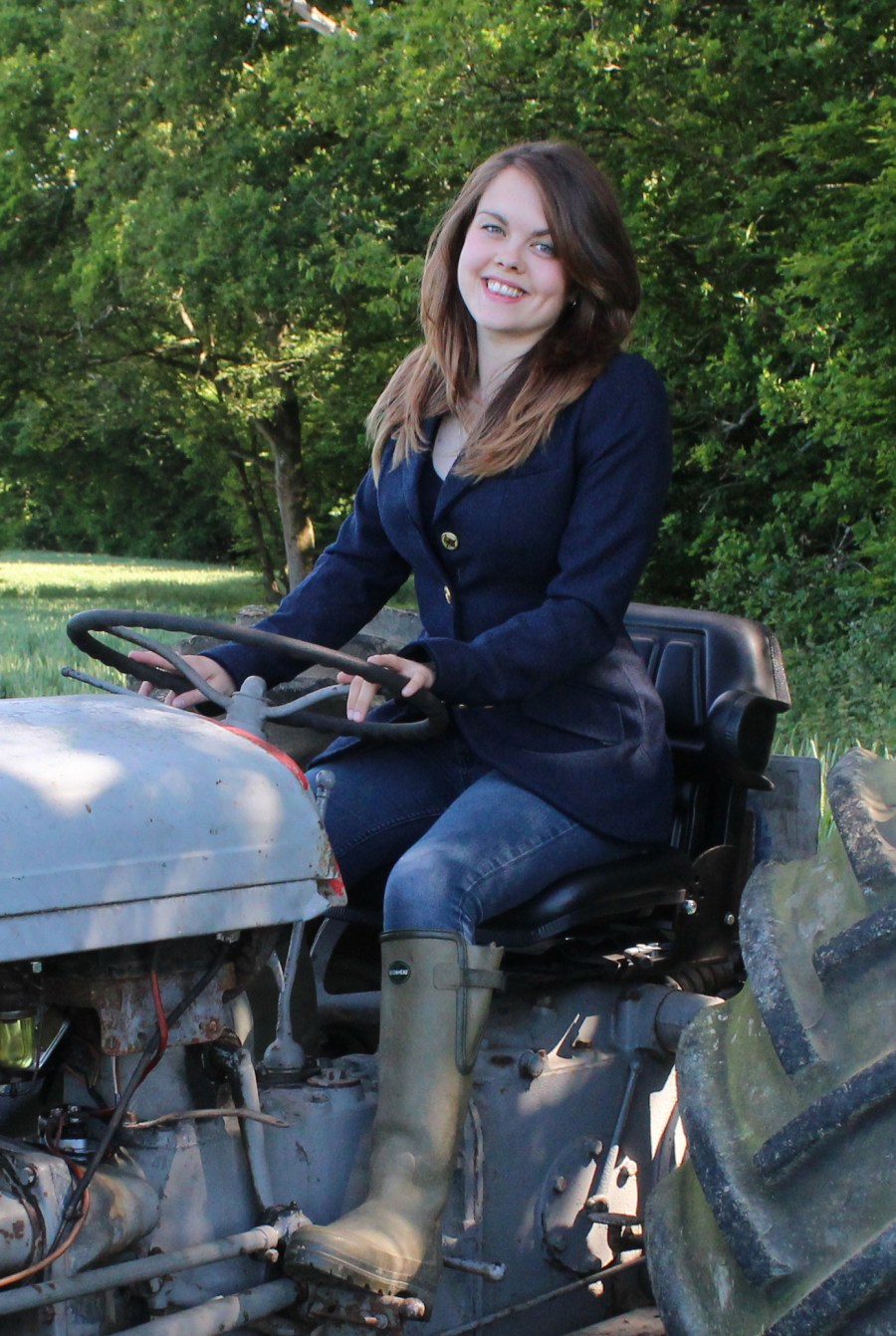An internet search for English and Welsh wine will quickly generate a stream of positive news stories, all focused on the growing success of UK viticulture and winemaking. A plethora of stories about people investing in vineyards, last year’s exceptional harvest, and multi-award winning wines receiving recognition across the globe, will fill the screen.
While this is vital for nurturing this fledging industry and encouraging consumers to jump on board, is there a danger of becoming stuck behind rose tinted glasses?
1. Labour – The industry is attracting huge amounts of interest from all walks of life, farmers, investors, retirees, those looking for a new career, and the area under vine is booming with many predicting that over three million vines will be planted in 2019. Currently, the numerous vineyard consultancies and management companies are doing a sterling job at supplying contract labour, but is the industry becoming over reliant on their help? As the industry gets bigger, can it really rely on the assumption that more workers will come in from Eastern Europe, or further afield, and with a lack of suitable accommodation, where will all these labourers live?
2. Sales – Exporting, which was discussed last month, is an integral part in boosting the reputation of English and Welsh wines internationally and so far, so good. But, as more brands and blends are released into the UK market, how many producers are having turning to overseas markets out of necessity? How many are already struggling to sell, with half of last year’s vintage unintentionally trailing into the coming season? If independent wine merchants and high street retailers keep going out of business, this is only going to get harder. And if exporting really is only viable for producers of a certain size, what is going to happen when the small and medium newcomers, who planted having read that sales are an ultimate success, find they can’t shift their wine either?
3. Sparkling imbalance – When was the last time you bought a bottle of sparkling wine? And how often, realistically, do you, your friends and your family actually fork out £30 or £40 for a bottle of bubbles? English sparkling wine has, without a doubt, put the nation on a map, but to become a truly accessible, household wine region the imbalance between still and sparkling surely needs addressing? Producers across England and Wales are proving time and time again that home-grown stills can perform just as well, if not better, in the medals tables as traditional method sparklers, yet new plantings remain focused on the classic trio and production remains split approx. 70/30 in favour of sparkling.
While the success of the industry should still be shouted from the rooftops, perhaps it would be beneficial to engage in some frank conversations with new industry entrants and the media occasionally too.




